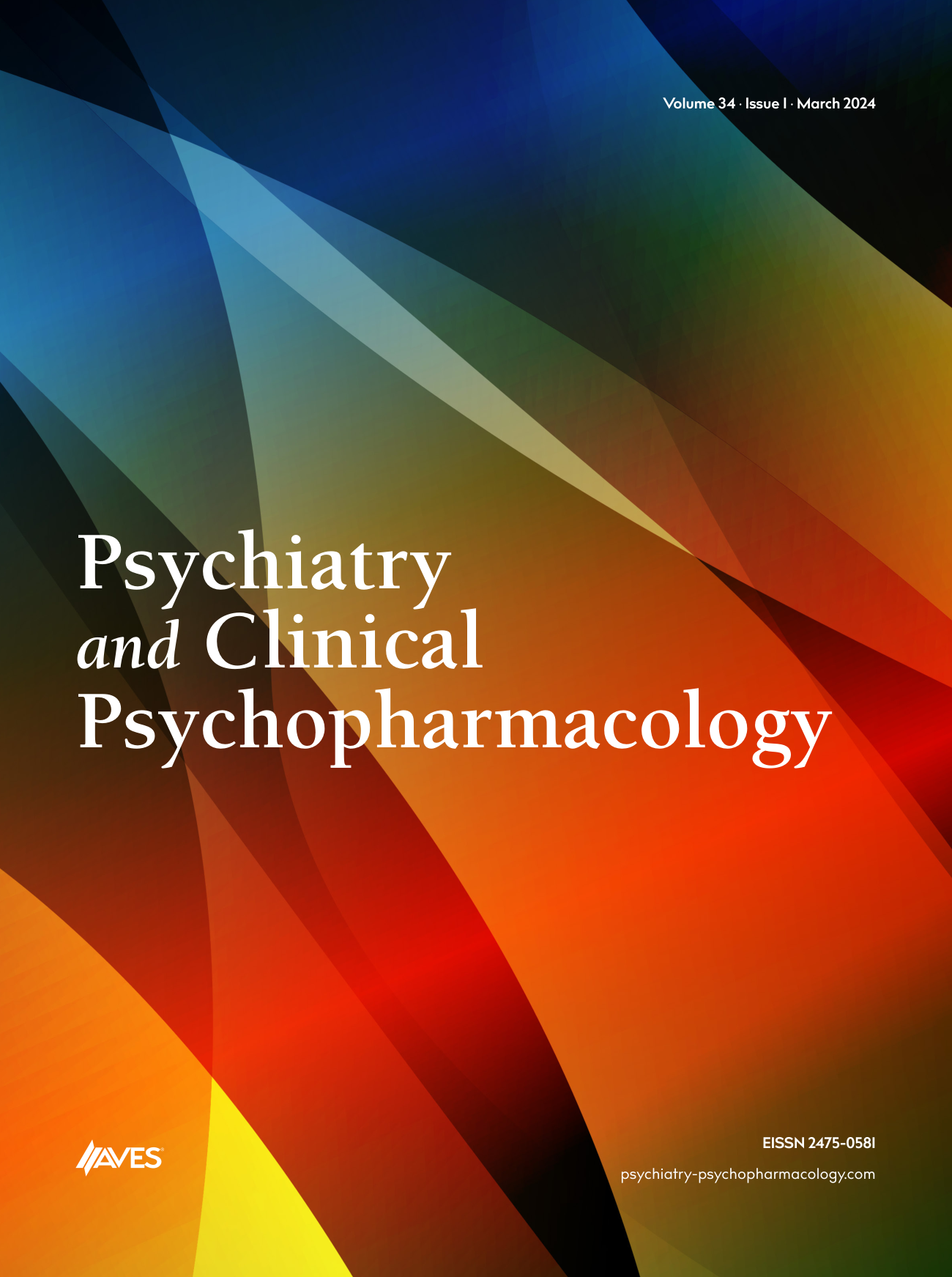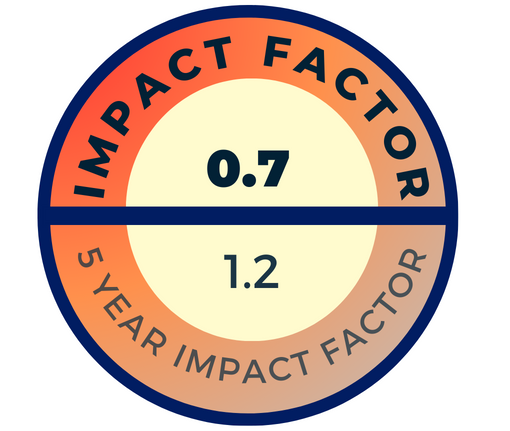OBJECTIVE: A number of studies on eye movement dysfunction in patients with psychiatric disease have been published. Glutamatergic neurotransmission mediated by the NMDA receptor is involved in the pathophysiology of schizophrenia and some neurological diseases1 . The frontal-thalamic-cerebellar circuit has been implicated in eye movements. The presence of eye-tracking abnormalities among schizophrenia patients and their biological correlates has been reported by numerous investigators examining smooth-pursuit and saccadic eye-movement measures, as well as measures of motion perception2 . An association between eye-tracking abnormalities and NMDA receptor antagonism is important because it indicates which neurophysiological mechanisms are related to eye-tracking abnormalities. There is strong evidence that eye-tracking abnormalities are related to genetic risk for schizophrenia3 ; thus, a relationship between eye tracking and NMDA antagonism may also help us understand the biological underpinnings of disease vulnerability. On the other hand, the behavioral and pharmacological effects of the noncompetitive N-methyl-D-aspartate (NMDA) receptor antagonist ketamine have been used to study important aspects of psychotomimetic action in humans. Several lines of evidence support the use of ketamine as a pharmacological model of schizophrenia. Schizophrenia patients administered subanesthetic doses of ketamine experience a brief exacerbation of positive, cognitive, and possibly negative symptoms. Ketamine also appears to provoke psychotic symptoms specific to a patient’s disease history. Imaging studies have shown that ketamine changes the neuronal activity in areas thought to be involved in the pathophysiology of schizophrenia, including the medial frontal and anterior cingulate cortex, the hippocampus, and the cerebellum. Other studies have shown that ketamine causes schizophrenia-like positive, negative, and cognitive symptoms in normal healthy volunteers including deficits in sensory processing and eye-tracking performance. The non-competitive N-methyl-D-aspartate receptor antagonist ketamine leads to transient psychosis-like symptoms and impairments in oculomotor performance in healthy volunteers. In the literature, as far as we know, all studies have been conducted with specific tools (infrared oculography etc.) and special units for saccadic eye movements. In our study, we aimed to investigate the relationship between vertical eye position (VEP) and psychopathology via a scale designed by us.
METHOD: Patients with the diagnosis of a psychiatric disorder (n=228) and control subjects (n=340) were included into the study. All subjects gave written informed consent in accordance with guidelines from the institutional review board of the GATA Haydarpasa Training Hospital. Subjects underwent a medical history, a physical examination, and laboratory tests, including a drug screen. A scale designed for measurement of the distance between eye limbus and palpebrae called as VEP was applied.
RESULTS: There was a statistically significant difference in terms of VEP scores between patients with the diagnosis of psychotic disorders (other than paranoid psychosis), depressive disorders, antisocial personality disorder, and controls (p<0.001). There was no difference in patients with diagnosis of anxiety disorders and paranoid psychosis.
CONCLUSIONS: These results suggest that VEP abnormalities may be related with psychopathology. Evidence from neuroimaging and microstimulation studies suggests that cerebellar circuitry is involved in integrating and coordinating smooth-pursuit and saccadic eyemovement information from the frontal cortex via a frontal-thalamic-cerebellar circuit. It has been argued that abnormalities in this circuit may underlie schizophrenia-related eye-tracking abnormalities. NMDA receptors are present on cells throughout the cortex, including the frontal/ prefrontal cortex and the cerebellum, where they could play a functional role in eye-tracking abnormalities. In contrast, NMDA antagonism by ketamine is known to decrease neuronal activity in the cerebellum potently, an action that can explain the observed deficits in pursuit initiation3 and pursuit maintenance as well as increases in disruptive leading saccades during smooth pursuit. Several investigators have noted functional cerebellar abnormalities in patients with schizophrenia4 . Thus, it is possible that some of the eye-tracking deficits associated with schizophrenia risk seen during ketamine challenge are mediated by shared cerebellar pathophysiology. Glutamate is the major excitatory neurotransmitter of the Central Nervous System (CNS), and it is crucially needed for numerous key neuronal functions. Yet, excess glutamate causes massive neuronal death and brain damage by excitotoxicity—detrimental over-activation of glutamate receptors. Glutamate-mediated excitotoxicity is the main pathological process taking place in many types of acute and chronic CNS diseases and injuries. Successful attenuation of ketamine-induced deteriorations has been described for typical and atypical antipsychotics such as haloperidol, clozapine and olanzapine, and anti-epileptics such as lamotrigine, a glutamate agonist. Phencyclidine was also found related with vertical nystagmus. Risperidone treatment has previously been shown to improve antisaccade performance in schizophrenia patients after switching from typical antipsychotics to risperidone and in antipsychotic-naive first-episode patients. With regard to smooth pursuit performance, no beneficial effects of risperidone on ketamine-induced smooth pursuit eye movements (SPEM) deficits were found. Some studies have investigated the effects of antipsychotics on SPEM in first-episode and chronic schizophrenia patients3 . No treatment effect on predictive pursuit in first-episode patients but a worsening in SPEM performance in antipsychotic-treated, chronic schizophrenia patients compared with non-treated chronic patients has been observed. Hence patients’ pursuit performance deficits seem to persist despite pharmacological treatment, possibly even representing cumulative adverse effects of typical and atypical antipsychotics on the pursuit system. A neural circuitry involving the cerebellum has been proposed to have a central role in integrating and coordinating SPEM and saccadic information. It could be argued that NMDA receptor blockage in areas involved in frontal-thalamic-cerebellar circuits such as frontal eye fields, thalamus, and cerebellum would be likely to cause disruption in SPEM. We suggest that VEP is also responsible for the same mechanism. An involvement of a glutamatergic imbalance in cortical-subcortical-cerebellar circuits underlying the integrative theory of cognitive dysmetria may be assumed5 . In conclusion, we suggest VEP as a physical examination sign for psychiatric disorders. Our findings are preliminary and should be investigated by further studies. Increased glutamatergic activity is associated with many psychiatric disorders as well as VEP in the brain; therefore, VEP may be used as a practical physical examination sign and may be helpful in diagnosis. Further studies are needed in order to show if VEP is an indicator of parental proneness or can be used as a phenotype. It should be examined more deeply if VEP’s item can be used as endophenotype, genetic transition, connection with prognostic or disease susceptibility and response to treatment.



